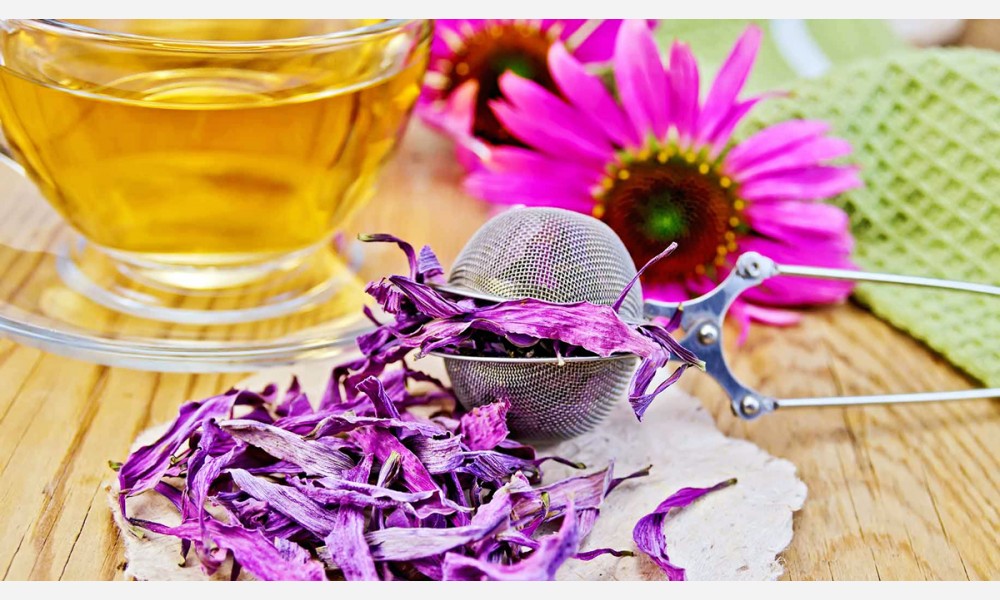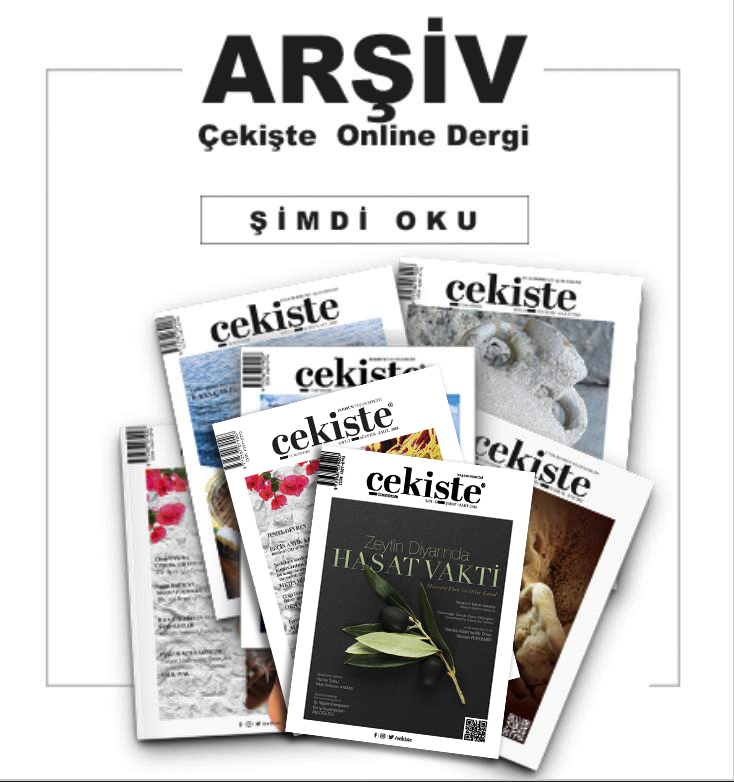Indispensable in winter, Echinacea tea

While saying the New Year was coming we have already reached the middle of winter. The cold winter season has shown a peak in viral infections which often cause respiratory tract disease. At home, at the office, on public transport, or at school, there is someone sneezing and coughing. Without getting sick in bed and coughing or sneezing in tissues, we can get rid of this winter in a good health with the help of several rules and herbal teas.
Even though the leaves and the flowers of the plant are used while preparing Echinacea tea, the most efficient and beneficial effect comes from the root. Once the root is used, it tastes somewhat bitter, but it might taste better with a little honey in it, as well a splash of fresh lemon juice or a pinch of ginger.
Echinacea was used by Native American people as a sovereign remedy for colds, flu, and infections, used thereafter to treat scarlet fever, syphilis, malaria, diphtheria, and blood poisoning from infections.Although this herb was popular during the 18th and 19th centuries, its use began to decline in the United States after the introduction of antibiotics. Today, many herbalists also recommend echinacea to help boost the immune system and help the body fight infections.
The recommended dosage is to consume the echinacea tea that is prepared with 1-2 teaspoons of dried roots, three times a day between meals. People who have immune system disorders, asthma or flower allergy must beware of the side effects of echinacea and consume it under a doctor's advice or prescription.
PREPARATION:
• Dried leaves, roots and flower of echinacea (1/4 cup)
• 1 cup of hot water
• 1-2 teaspoons of honey
1st method: Put the water in a pot, add the echinacea, close the lid and let it simmer for 15 minutes and then serve with honey.
2nd method: Pour boiled water on the echinacea in a pot and close lid and let it brew for 5 minutes. Drain into a glass, add honey and serve.








